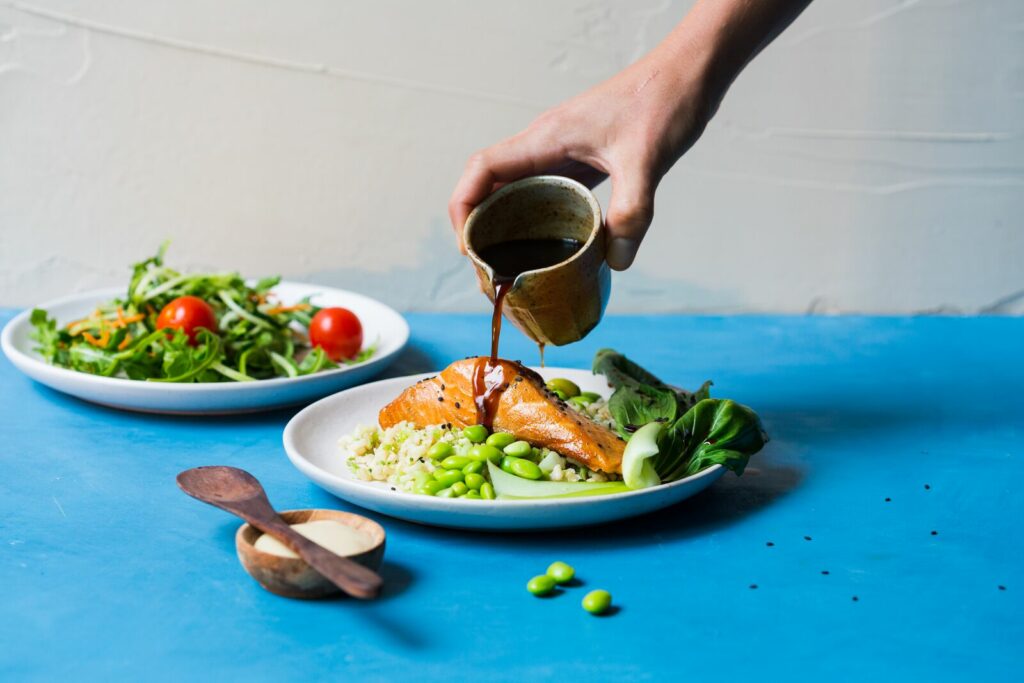Although vitamin D is an essential nutrient that promises a multitude of health benefits, many Australian adults fall short of meeting their recommended daily intake.
Vitamin D, more commonly referred to as the sunshine vitamin, is best known for its role in supporting our bodies to absorb calcium. This vital function allows our bones to remain strong and reduce the risk of developing bone disorders such as osteoporosis.
Aside from keeping our bones healthy, vitamin D is also involved in maintaining healthy immune function, muscle, and heart health. Exciting new research has highlighted that vitamin D may also play a role in supporting our mental health through preventing the onset of depression-like symptoms.
So, how much Vitamin D do we need?
According to the National Health and Medical Research Council, Australian adults aged 19-50 require 5 micrograms (200 IU) per day.
Are Australians getting enough vitamin D?
Recent findings from the Australian Bureau of Statistics have estimated that approximately one in four Australians adults are vitamin D deficient. Not only can vitamin D deficiency cause symptoms such as fatigue, bone pain, muscle weakness and mood changes, several diseases, such as heart disease, asthma and cancer have all been linked to low vitamin D levels.
So, where does vitamin D come from and how can you make sure you are getting enough?
In short, you can get vitamin D from the sun, food, or supplements.
- Sunlight
Approximately 90% of vitamin D is made from direct sun exposure. Regular incidental sun exposure during summer, such as spending a few minutes outdoors on most days of the week, is enough to maintain adequate vitamin D levels for most people. During late autumn and winter, it is recommended to spend time outdoors during midday, where the sun is at its highest point.
- Food
Vitamin D can be found in a small number of foods including eggs, oily fish such as salmon and fortified foods such as plant milks and some margarines. Another fantastic source comes from UV-irradiated mushrooms. This involves placing mushrooms in direct sunlight to increase their vitamin D content. What meal on next weeks’ menu will assist you in meeting your daily Vit D needs? Teriyaki Salmon served w Brown Rice, Greens & House-made Teriyaki Sauce
- Supplements
The Australian Therapeutic Guidelines recommend vitamin D supplementation only for those who have a confirmed vitamin D deficiency. if you consider yourself someone with limited sun exposure, darker skin or a medical condition that affects vitamin D metabolism and storage, it is important to get your levels checked by visiting your GP.
Vitamin D is a key player in maintaining overall health and well being. With roles in bone, muscle and mental health and immune function, it’s important to make sure you receive enough of this vital nutrient. Choose foods rich in vitamin D when you can and spend some time in the sun (safely). If you have any questions or concerns about your vitamin D levels, ensure that you speak to your GP or a dietitian for personalised advice.
